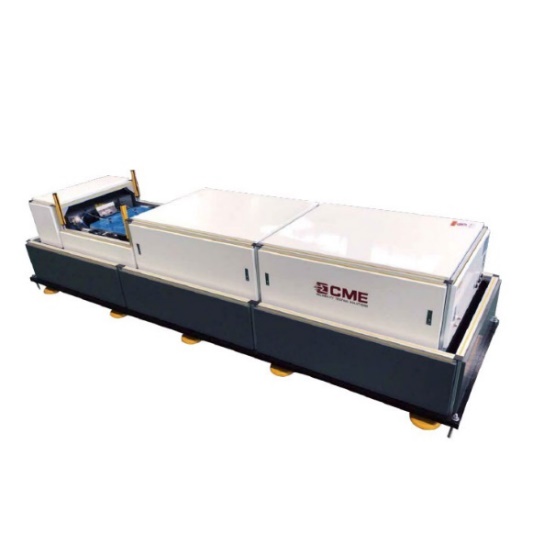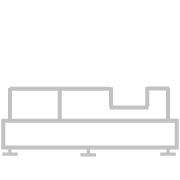DATE: 2024-06-18
VIEW COUNT: 250
SRS Test
IEC 60068 Standard
IEC 60068 is one of the standard series on environmental testing issued by the International Electrotechnical Commission. The IEC 60068 standard series provides a series of environmental test methods for electronic and electrical products to evaluate their performance and reliability under various environmental conditions. The IEC 60068 standard series consists of multiple parts, each part covering different environmental test methods and parameters. The main topic of this section is SRS testing.
01 IEC 60068-2-81
This part of IEC 60068, designed for testing with a synthesized shock response spectrum (SRS) is intended for general application for components, equipment and other products, hereinafter referred to as "specimens", when simulation of transient responses of a complex nature is required. The test method centres on the use of SRS and techniques associated with SRS.
The purpose of the test is to demonstrate the adequacy of the test specimen to resist the specified transient excitation, without unacceptable degradation of its functional and/or structural performance. it is particularly useful for tailoring shock responses where measured data are available from the operational environment. However, the test is applicable to any transient excitation within the limits of the testing apparatus.
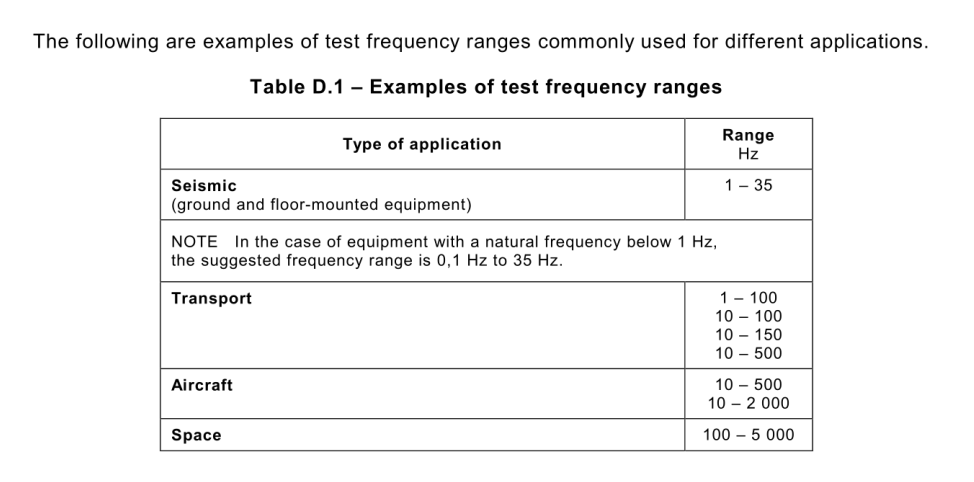
Figure 1 Example of a typical response of an oscillator excited by a specific time-history (specified threshold value of 70 %)
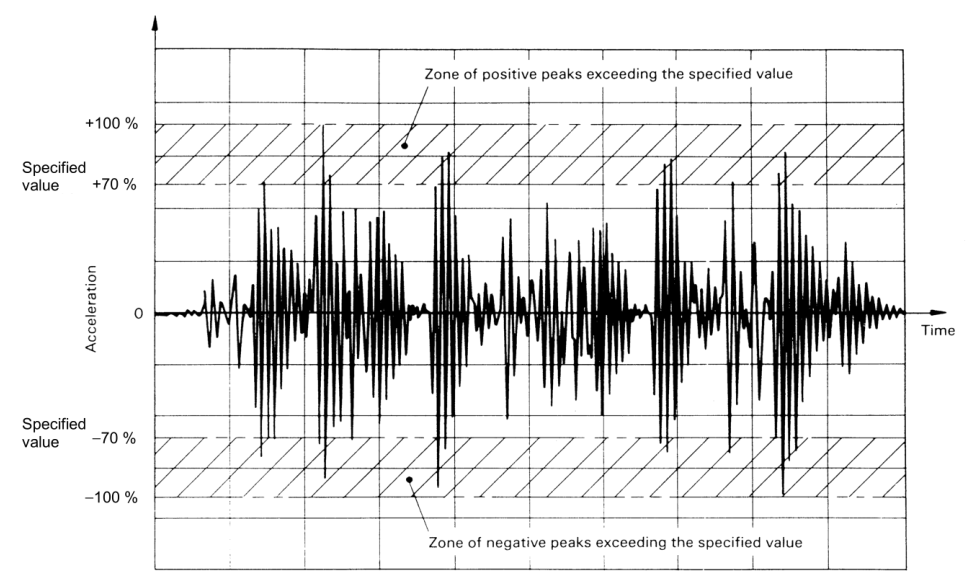
Figure 2 Example of identification of the peaks of the response higher than a specified (70 %) threshold value

Figure 3 Typical logarithmic plot of a required response spectrum
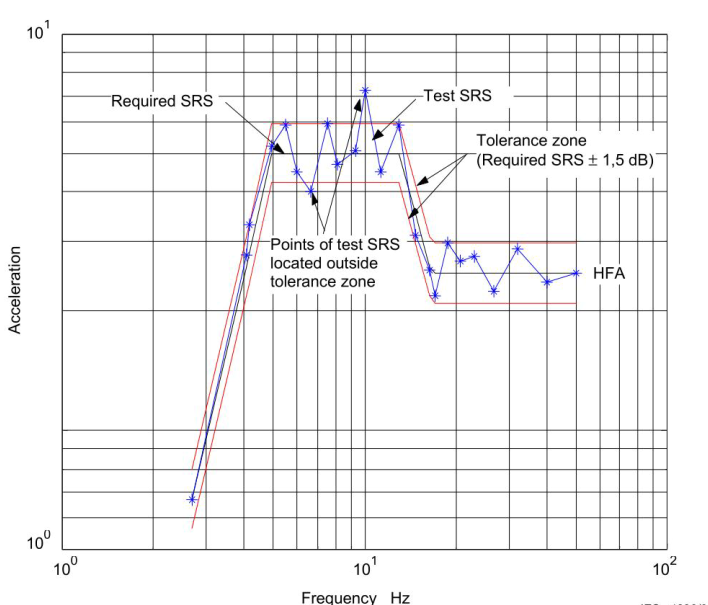
Figure 4 Typical time-history
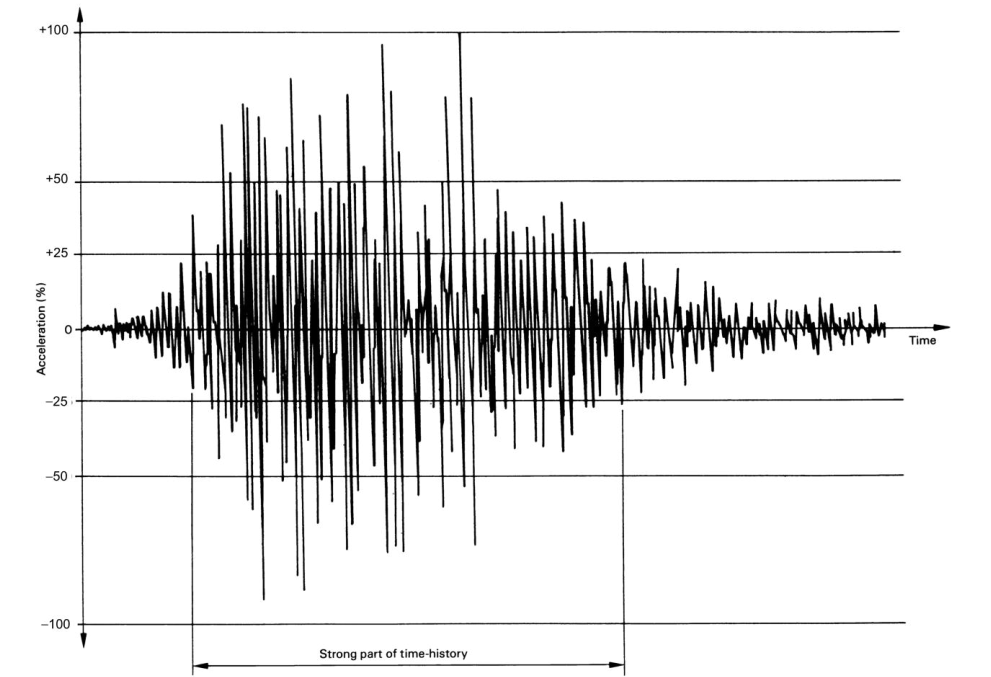
In many cases, the relevant specifications set the frequency of the SRS value very high. This often happens because the frequency of the SRS is unlimited and can be extended to infinity. The SRS will be close to the maximum peak-to-peak value of the corresponding time history at high frequencies. Referring to the relevant specifications, the biggest constraints of the test equipment are the frequency range, the output power of the power amplifier and the mechanical strength of the vibration table dynamic coil expressed as the maximum allowable peak acceleration.
In cases where a vibration table cannot be used due to limitations in the frequency range and peak acceleration, the shock response spectrum tester can be used to complete the test.
02 KRD14/15 Pneumatic Shock Response Spectrum Test System
KRD14/15 Pneumatic Shock Response Spectrum Test System adopts compressed gas energy to provide shock energy. It is used to measure and determine the shock resistance of products or packaging, and to evaluate the reliability and structural integrity of the test product in a shock environment. The shock response spectrum is the total result of a series of single-degree-of-freedom linear systems with different natural frequencies subjected to the same shock excitation response. When a product is subjected to an impact, the maximum value of its impact response means that the product has a maximum stress. Therefore, the shock response spectrum tester can better simulate the shock wave and shock energy suffered in the real environment.
Feature
u The control & measurement system has built-in SRS specifications and tolerances, which is convenient for users to adjust and apply. It automatically completes the test and generates reports.
u Adjust the driving shock energy by adjusting the air pressure, which is convenient to operate and high in efficiency.
u The operating software has the functions of shock response spectrum tester control, shock data collection, and response spectrum analysis.
Specifications Common to All Models:
u Response Frequency Range (Hz): 10~10000
u Gradient of Rising Stage (dB/Otc): 6~9
u Tolerance Range (dB): ±6~9
u Power: Single-phase AC220V±10%, 50/60Hz
u Working Environment: Temperature range 0~40℃; Humidity≤80%, non-condense

